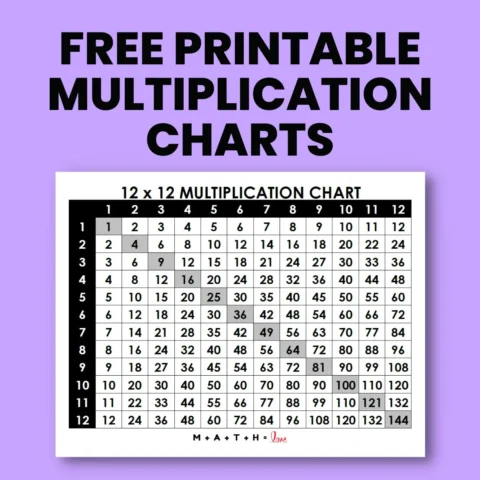How to Find Range in Math Tool
What is Range?
In mathematics, range is a measure of dispersion that tells you the difference between the largest and smallest values in a data set.
Range Calculation Result
The range of your data set is:
Examples
Example 1: For the data set 10, 15, 8, 12, 20
- Maximum value = 20
- Minimum value = 8
- Range = 20 - 8 = 12
Example 2: For the data set -5, 0, -10, 5, -2
- Maximum value = 5
- Minimum value = -10
- Range = 5 - (-10) = 15
True confession: I once described the range as “the length of a number line.” My eighth-grade teacher laughed so hard she spilled coffee on the attendance sheet. Lesson learned: the range isn’t scary, but you must define it right. Grab a snack—we’ll master it together.
Speed-Run Cheat Sheet
| Need it now? | Do this |
|---|---|
| Formula | Range = Highest value – Lowest value |
| Mental check | If the range feels bigger than every data point, you mis-subtracted. |
| Works for… | Whole numbers, negatives, decimals, even cricket scores. |
Why Bother? A Tiny Story
I analysed my weekly coffee spend—$2 on Monday, $5 on Tuesday, $0 on the day I forgot my wallet (oops). The range? $5 – $0 = $5.
That $5 spread told me my caffeine budget swings wider than my mood on a Monday morning. Awareness = behaviour change (I now brew at home… sometimes).
Step-by-Step Walk-Through 🏃♂️
List Your Data
Example: 14, 18, 21, 12, 17
(Tip: scribble the numbers in ascending order; your brain likes neatness.)Spot the Extremes
Lowest (min): 12
Highest (max): 21
Subtract
Range = 21 – 12 = 9
That’s it. No quadratic drama, no calculator meltdown.
Quick Visual 🎨
Think of a clothesline: clips at each end are your min and max. The range is simply the length of rope between them.
Watch-Out #1: Negative Numbers
Data: −4, −1, −9
Max = −1
Min = −9
Range = −1 – (−9) = 8
Subtracting a negative = adding a positive. Your wallet will thank you later.
Watch-Out #2: Outliers
Imagine daily steps: 4 k, 5 k, 4.5 k, 19 k (crazy hike)
Range = 19 k – 4 k = 15 k.
Does that 15 k reflect a normal week? Nope. Outliers stretch the range like old chewing gum. Consider the inter-quartile range (IQR) if you need a drama-free spread.
Real-World Examples
| Scenario | Data Snippet | Range | So What? |
|---|---|---|---|
| NBA player heights (in cm) | 188, 203, 211, 206 | 211 – 188 = 23 cm | Team may struggle on rebounds if spread is huge. |
| London July temps (°C) | 16, 18, 21, 29 | 29 – 16 = 13 °C | Pack both sunscreen and a hoodie—true story. |
| Pizza prices in NYC ($) | 1, 2.75, 5, 7 | 7 – 1 = $6 | Budget slice vs. hipster wood-fired. Choose your vibe. |
Common “Math Panic” Questions
Q: Do I need algebra?
A: Nope—subtraction rules the day.
Q: How big is too big a range?
A: Depends on context. A $100 range in tech salaries? Tiny. Same range in lemonade-stand revenue? Massive.
Q: Can Excel do it?
A: Type =MAX(A1:A10)-MIN(A1:A10). Boom.
Nerdy Deep Dive (Optional, Promise)
Population Range vs. Sample Range – Same subtraction, different notation.
Mid-Range – Average of min and max; handy for quick mental estimates.
Range Rule of Thumb – Approximate standard deviation ≈ Range ÷ 4 (works on mildly bell-shaped data).
My 60-Second Challenge
Grab any five numbers nearby—shoe sizes, Wi-Fi bars, cat videos watched. Compute the range and share your weirdest set in the comments. I’ll pick one and turn it into an infographic next week.
“Statistics are human stories boiled down to digits.” —Someone who spilled coffee but learned the lesson.

